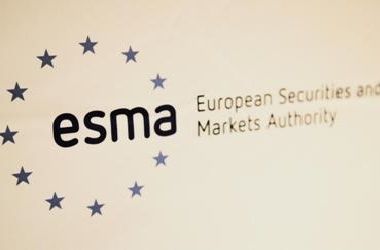The European Securities & Markets Authority has introduced an additional layer of validation requirements for registered trade repositories to ensure the completeness of data submitted on swap transactions under the European Markets Infrastructure Regulation.
As part of a newly published question and answer paper relating to implementation of EMIR, Europe’s key swaps market regulator confirmed a new two-step validation process to ensure reporting is performed according to the new regime and in line with rules set out in the technical standards.
Under the first step, which has been in place since December 1, registered TRs must determine which fields are mandatory in all circumstances and under which conditions fields can be left blank.
The second layer, which TRs will be subject to from this October, has been established to address concerns surrounding how trade repositories can verify completeness and accuracy of reports submitted by reporting entities.
The latest action comes as part of a wider review into swap data reporting standards, which have created a complex web of often unusable data due to the variations that exist between global differences in requirements and between individual repositories.
The impact of fragmented trade reporting requirements was a key topic at ISDA’s AGM held in Montreal last week and standardisation is a key goal of the Financial Stability Board. Earlier this month FSB chairman Mark Carney confirmed that regulators must work harder to agree standards, increase data sharing and remove legal barriers to reporting counterparty identities.
According to technology provider Sapient Global Markets, investment banks have spent an average of US$25m each to achieve reporting compliance under Dodd Frank and EMIR, and are turning to third party providers as costs mount.
Swaps participants are really beginning to feel the pinch, with the CFTC finally clamping down heavily on US reporting requirements by handing down a series of enforcement orders and warnings to those that failed to comply.
Alongside the updated version of ESMA’s Q&A – the nearest thing that the regulator has at its disposal to the CFTC’s “No Action Relief” as one industry lawyer recently commented, ESMA has set out detailed requirements and formats for more than 80 separate fields.
It notes that the second-level validation requirements will apply to all new reports, although updates to transactions reported before the start date of second level validations will not be subject to the new requirements.
“TRs should reject the reports which are not submitted in line with the reporting requirements specified in the validations table,” ESMA notes in the Q&A.
In addition, market participants had quizzed the regulatory body on potential reporting issues that can emerge as a result of modified maturity dates that are typical in a range of circumstances such as calendar trades in commodity derivatives.
According to ESMA, fields for reporting the maturity date of swaps transactions represent only the original date of expiry. When that date is subject to changes that are already foreseen, counterparties must send a modification report reflecting the updated maturity date.
